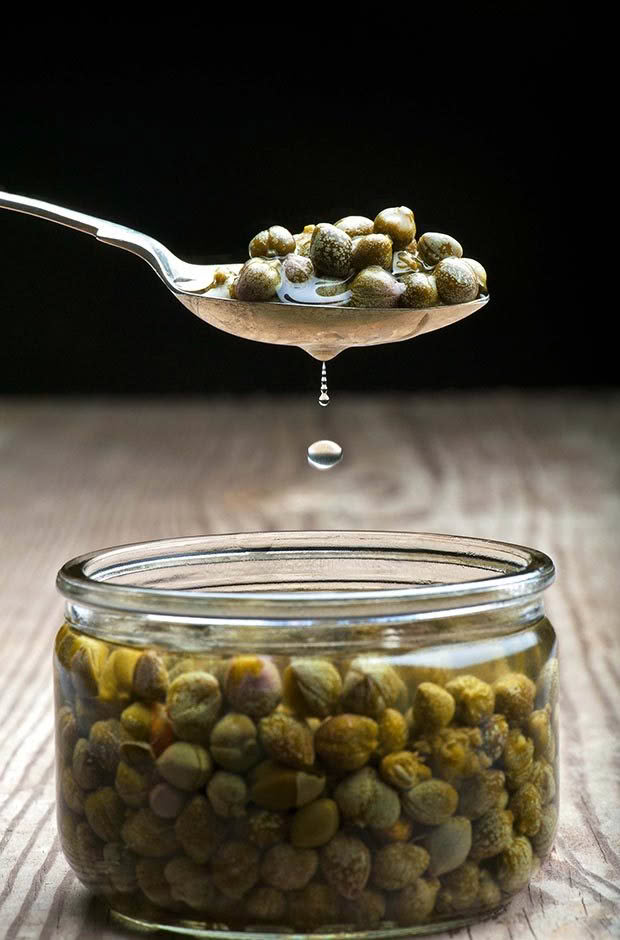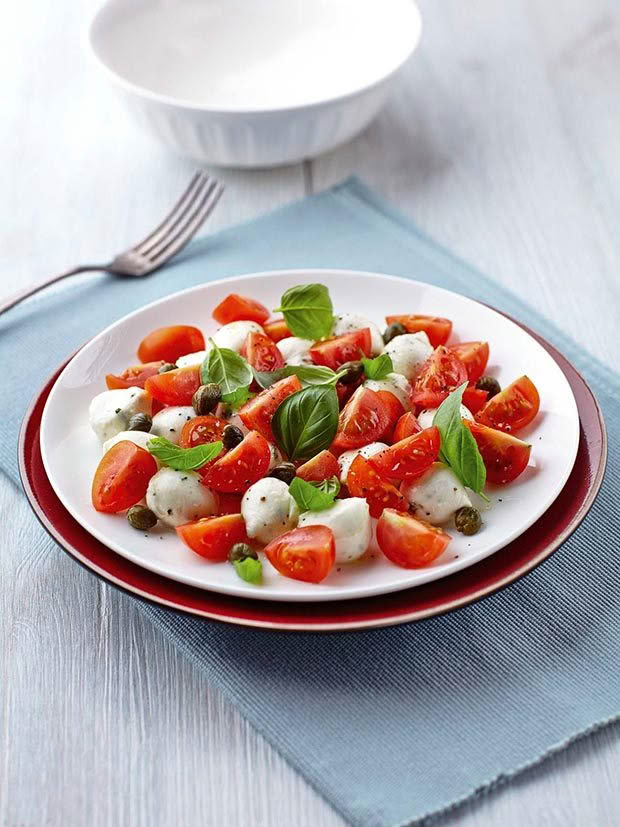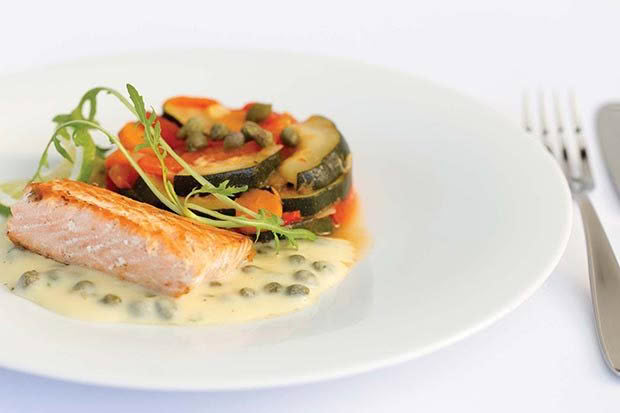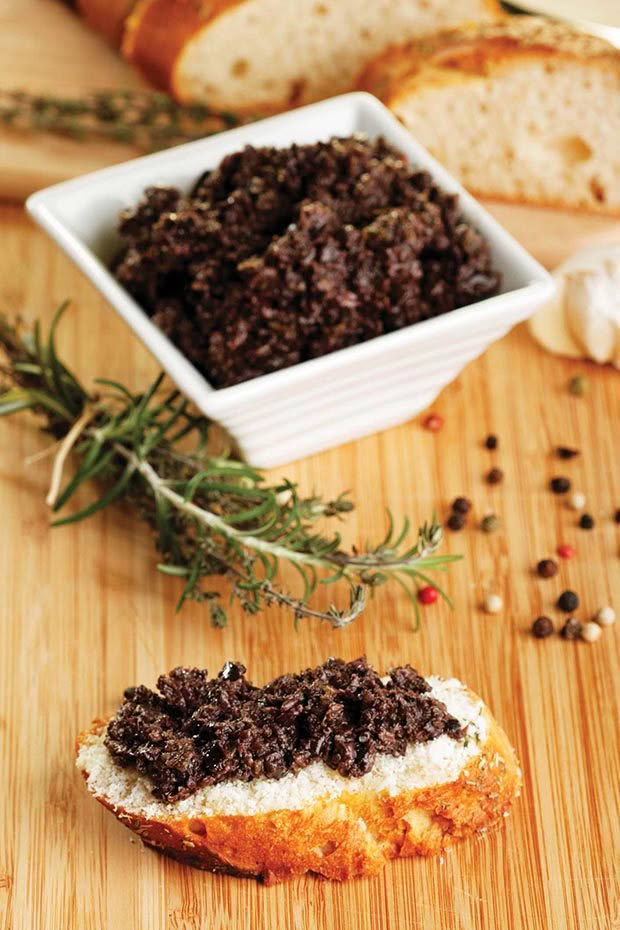Cooking with capers: Caprese salad, a sauce for seafood and tapenade

You don’t need a lot of capers, but they can give a dish a real flavour punch.
Words: Virgil Evetts
6 TIPS FOR USING CAPERS IN THE KITCHEN
1. Rinse capers, then pat dry before using in cooking.
2. If you are using capers stored in salt, only use if the salt is still white – if the salt has turned yellow, it’s a sign they are too old.
3. Brined capers should always be under the level of the liquid.
4. If you don’t like salt or need to be careful about using it for health reasons, don’t use capers.
5. Once you’ve opened a jar of capers, keep them in the fridge.
6. To get the best flavour, you’ll find most recipes add capers near the end of cooking.

INSALATA CAPRESE (SALAD OF CAPRI)
This is a beautiful summer salad and technically, if you were being authentic, it wouldn’t contain capers, but they make a lovely addition. If you are being truly authentic you will also want to use buffalo milk mozzarella. Serves 6.
– 1kg ripe tomatoes
– 1kg fresh mozzarella
– 8-10 fresh basil leaves
– 1/4 cup olive oil
– Pepper and salt
– 1 tbsp salted capers
Slice tomatoes into wedges or rounds and distribute evenly over six plates, then lay slices of mozzarella over the top. Season with a mix (to taste) of olive oil, basil and salted capers. Some cooks also recommend adding sweet black olives (pitted).

CAPER SAUCE FOR SEAFOOD
– 60g butter
– 2 tbsp lemon juice
– 1 tsp lemon zest
– 2 tbsp capers
– 2 tbsp fresh parsley
Heat all ingredients in a pan for about a minute, then serve over just-cooked fish.

TAPENADE
While a lot of people probably think of another wonderful Mediterranean plant – olives – when eating tapenade, it’s capers that tapenade is named for (the word ‘tapenade’ is derived from the Provençal word for capers, tapenas).
– 2 cups kalamata olives
– 4 anchovies
– 1/2 small garlic clove
– 1 1/2 tbsp capers
– 2 tbsp extra virgin olive oil
– 2 tsp lemon
Pit olives, drain anchovies and capers, and crush the garlic. Mix all to an almost smooth consistency using a food processor. Add olive oil very slowly (the processor should be still running) until it forms a thick, smooth paste, then stop. Put tapenade in a bowl and stir in lemon juice – add more to taste if needed – and season with pepper, then serve. To store, place in a sterilised glass jar and add more extra virgin olive oil until the surface of the tapenade is covered. Store with lid on in the fridge and use within 5-7 days.

NO CAPERS? NO PROBLEM
– Substitute with finely-chopped pickled gherkins or green olives.
– Half-ripe green seed pods of nasturtium plants taste similar to capers once pickled, although they can have more of a mustard flavour.
To pickle nasturtium pods: In a pan, heat 500ml of white wine vinegar, one chopped medium-sized onion, a thinly-sliced lemon, 1 tsp of dill seeds, a clove of garlic (crushed) and 5-10 peppercorns until boiling, strain, then leave to cool. Tip washed, dried seed pods into a sterilised jar. Cover with pickling juice, then seal and refrigerate for two weeks. Will last for up to a year.
TIP: THE BEST COMPANION
The flavour of capers goes best with seafood and pasta, but they also make a great garnish on pizza, and in salads and sauces.
READ MORE
A guide to growing, preserving and starting capers from seed
Love this story? Subscribe now!
 This article first appeared in NZ Lifestyle Block Magazine.
This article first appeared in NZ Lifestyle Block Magazine.
